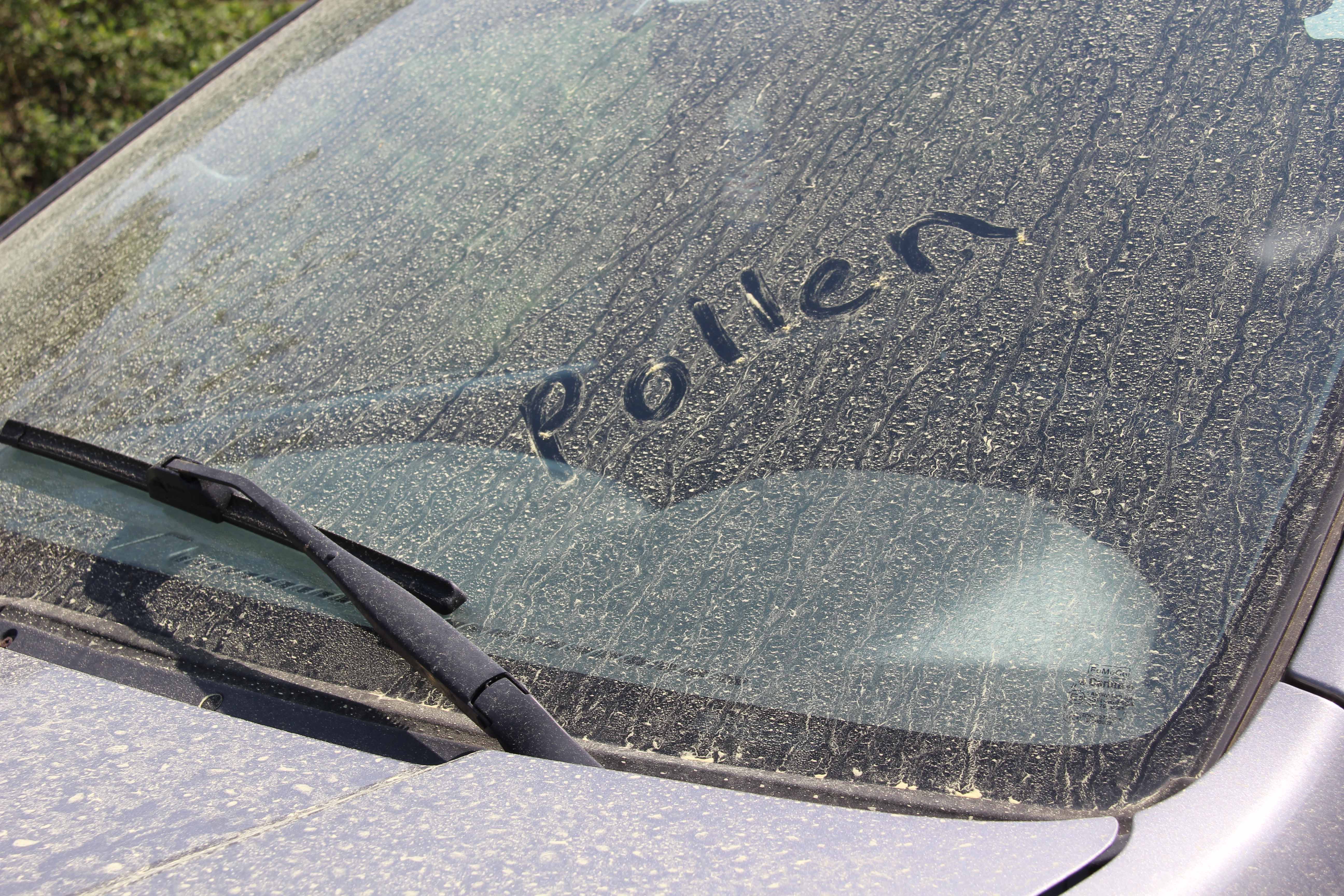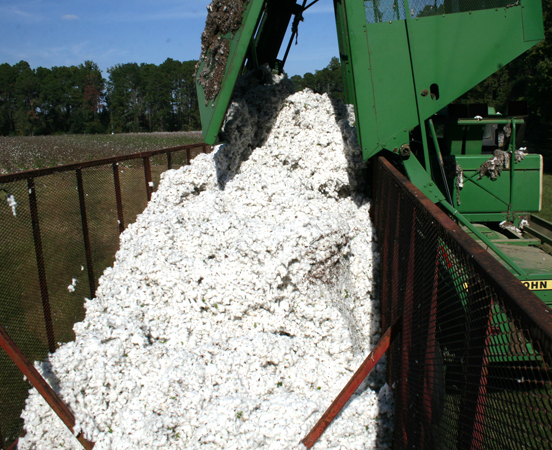In recent weeks, I have had numerous people ask me how weather forecasters come up with pollen counts.
I don’t have time to fully answer that question in this article but I can direct you to a website, Pollen.com, that will give you all the information you ever wanted to know about pollen counts.
At Pollen.com, you type in your zip code and get the most current pollen information for your area.
Multidata, the company behind the trademark-protected Allergy Alert on Pollen.com, has spent 25 years studying pollen counts and the methods for pollen sampling.
They know how important pollen information is to allergy sufferers and how easily the information can be misunderstood. This is why they developed one reporting scale that can be easily understood by viewers.
Allergy Alert pollen levels are on a scale of zero to 12, which rates how much pollen the allergy sufferer is likely to encounter for that day. Pollen.com bases the Allergy Alert rating on the pollen count but takes other information into account as well.
The website also notes what types of pollen are currently most prominent in your area.
Allergy sufferers can use the site to see what types of pollen might be prominent at their planned summer vacation spot at different times of the year. This makes it easier to plan a vacation that doesn’t include watery eyes.
Pollen counting has been recognized as an important process since the turn of the 20th century. Not only have pollen counts advanced our knowledge of the role plant pollen plays in causing allergy symptoms; they have become a powerful tool in day-to-day, individual health problem solving.
Remember that the dusty yellow pollen we see in the air is not the pollen that plagues allergy sufferers. However, when you can see lots of yellow pine pollen floating in the air, pollen counts for the problem plants are usually also high.








